#OTD on January 1st, 1958, the University of Texas Press published Américo Paredes’ landmark book With His Pistol in His Hand, an examination of the life and legend of Gregorio Cortez, whose persecution by the Texas Rangers and other law enforcement made him a folk hero in the early 1900s.
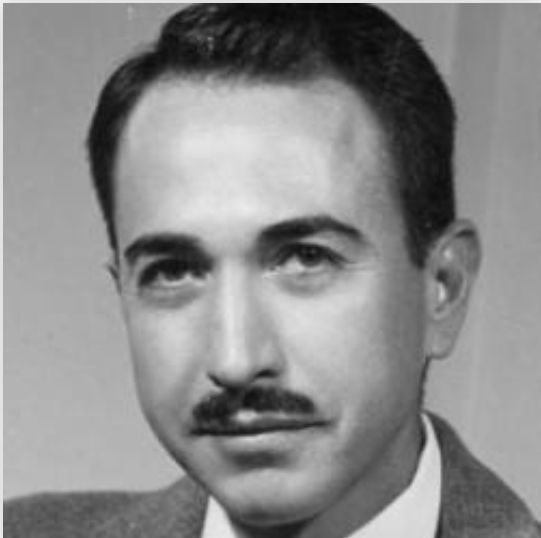
On June 12, 1901, sheriffs in search of a “medium-sized Mexican” alleged horse thief accosted Cortez and his brother Romaldo on their farm in Karnes County, Texas. Misunderstanding the men’s responses in Spanish, the officers thought them guilty and shot and wounded Romaldo.
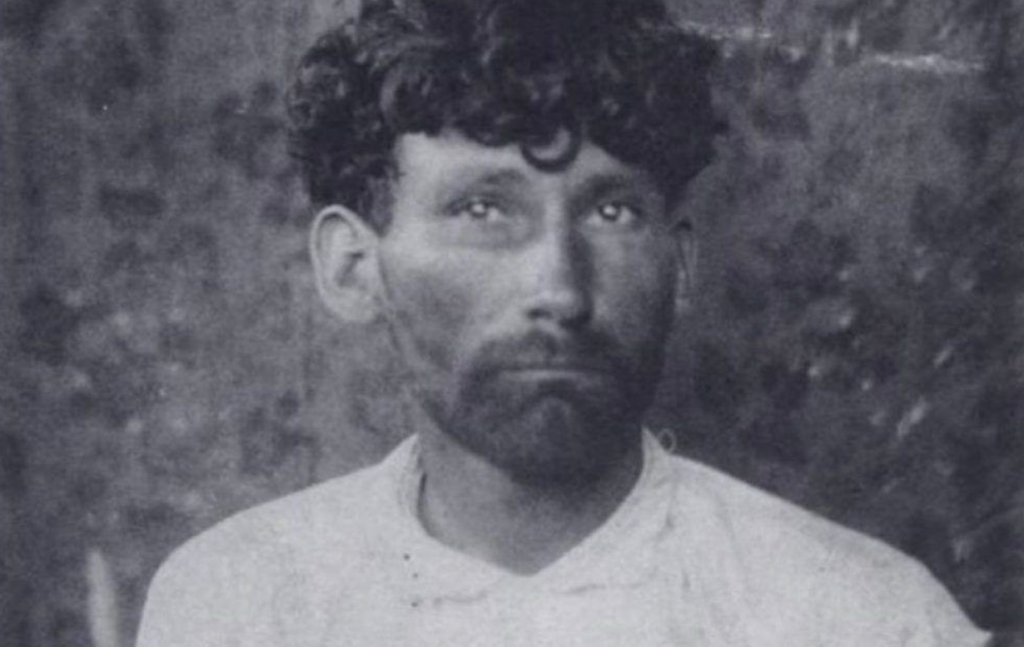
Cortez returned fire, killing one sheriff in self-defense. With his family illegally detained, Cortez began a flight to the border. Repeatedly fighting off and eluding law enforcement, he evoked sympathy from ethnic Mexicans and contempt from Anglo law enforcement and press.
By the time he was captured ten days later, posses of hundreds including the Texas Rangers had killed at least nine ethnic Mexicans and arrested several others. Cortez was convicted of murder but campaigns to have him pardoned galvanized the ethnic Mexican community.
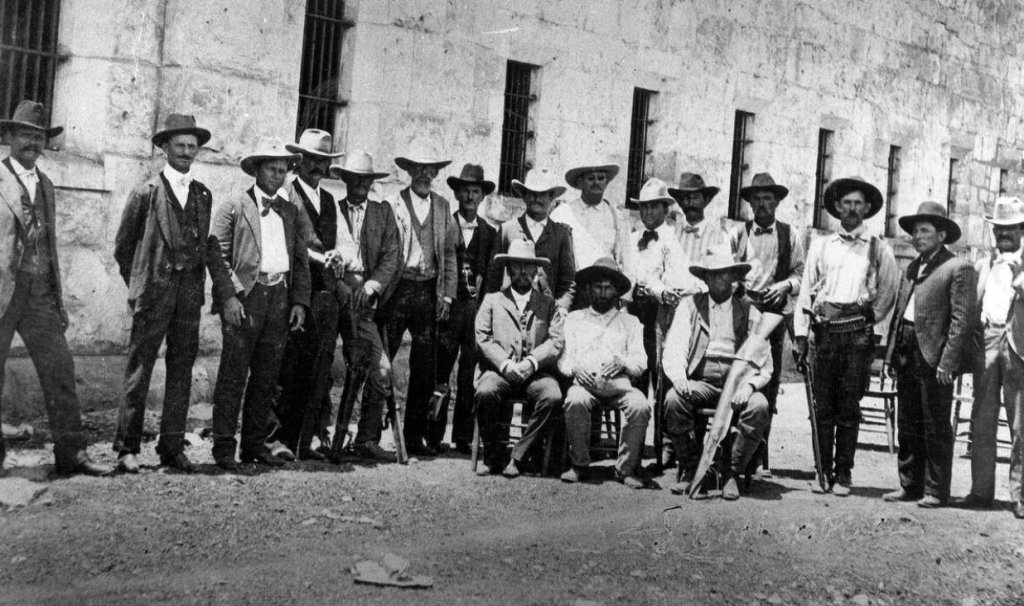
Paredes, the first Mexican American to receive a PhD from UT-Austin, recreated both the reality of Cortez’s experiences and how they made him a symbol of Mexican dignity in the face of oppression, especially from Rangers and other law enforcement agents.
“The killing of innocent Mexicans,” he wrote, “became standard procedure—especially with the Texas Rangers . . . The practice had an important influence on Border balladry and on the lives of men such as Gregorio Cortez.”
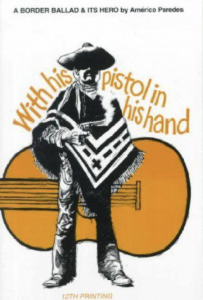
Such claims put Paredes at odds with fellow UT Austin professor Walter Prescott Webb, then President of the American Historical Association. Webb glorified the Rangers and actively denigrated Mexican and Indigenous people.
Paredes’ book became a foundational work in folklore, popular music, and Mexican American studies, widely read in Chicano circles the next decade and made into a 1982 film starring Edward James Olmos.
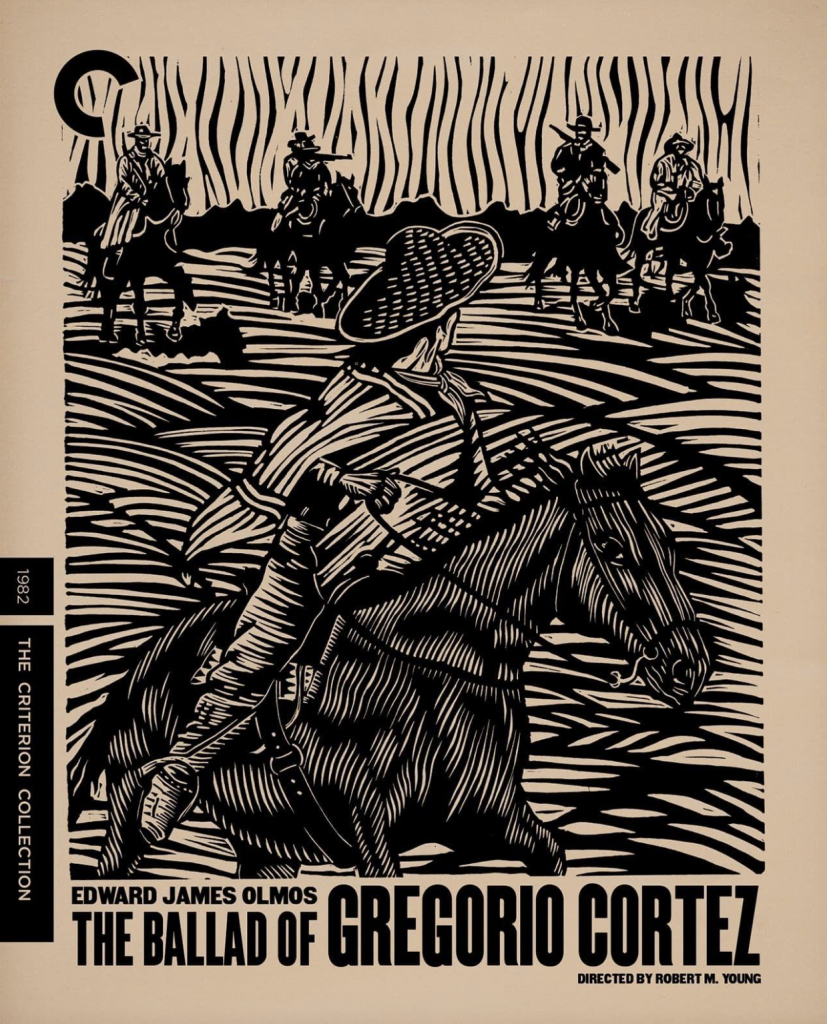
Paredes himself became one of the founding figures of Mexican American studies. The prominence of his work, especially With His Pistol in His Hand, speaks to the central role of policing and violence in Mexican American history and life.
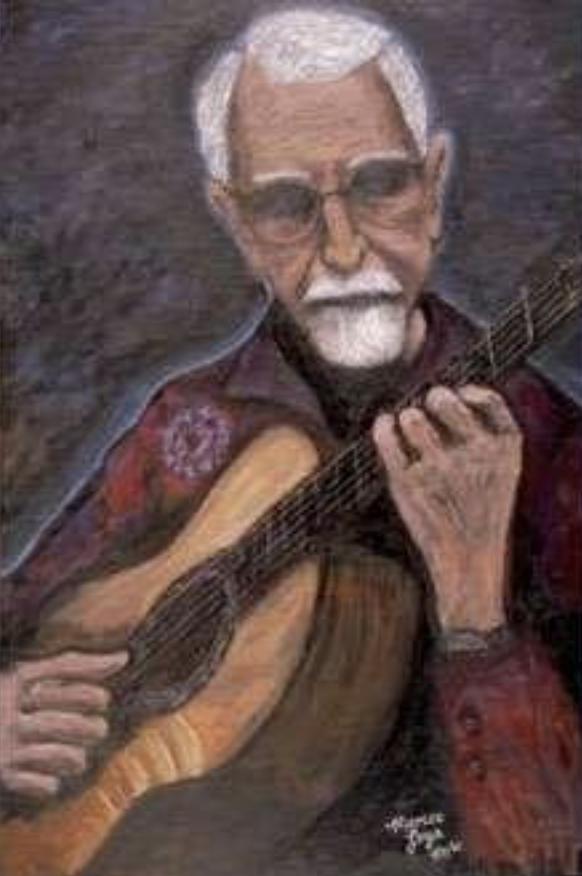
Neverthless, the Texas Ranger Hall of Fame and Museum does not list With His Pistol in His Hand in its recommended reading, despite the urging of Refusing to Forget. It does list Webb’s 1936 hagiography, noting only that it is “slightly dated.”
Historical memory and compelling writing and scholarship like Paredes’ work are critical to the effort to understand the enduring legacies of the Rangers.
This is the first of a series about Ranger history by Refusing2Forget that will run over the course of 2023.
